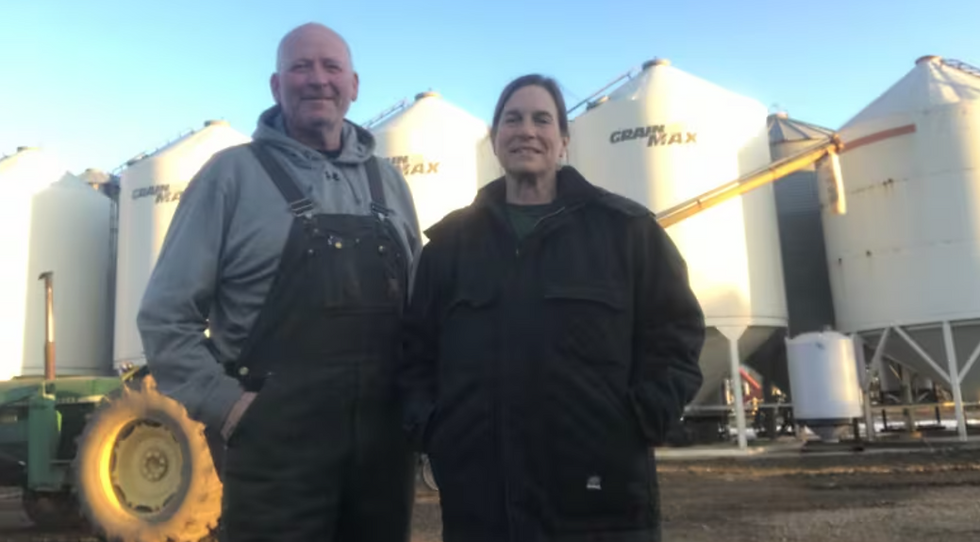CBC Article Features RA-LL Producers Midmore Farms
- Barb Sheldon

- Mar 24, 2024
- 2 min read

The March 25th CBC article, This is how regenerative agriculture on the Prairies can help in the climate change fight features the Regenerative Alberta Living Lab (RA-LL) producers Ward and Jo Anne Middleton, owners of Midmore Farms, and the regenerative agricultural practices they implement.
As RA-LL participants, the Middletons are focusing on best practices associated with the soil health principles including minimizing soil disturbance, maintaining soil cover, diversifying crop rotations, promoting living roots, and integrating livestock into the ecosystem.
Midmore Farms embraces crop diversity as a means of fortifying ecosystem resilience. With an 850-acre canvas, Ward Middleton carefully selects a mix of crops, including staples like wheat, peas, canola, lentils, rye, barley, oats, and flaxseed, and interspersed among these are forage crops like alfalfa and sweet clover, strategically utilized as cover crops during winter months and as green manure.
In the CBC article, Ward Middleton gives an example of how diversifying crops supports soil health: "Sweet clover is biennial, so it's going to stay in the soil living [and] feeding the microbial culture through the winter and into the spring." The article goes on to mention that this approach not only enriches soil health but also supports another key practice on Midmore farms—cattle grazing. By allowing livestock to graze on cover crops, the farm minimizes the need for extensive tillage, thereby reducing soil disruption.
Midmore Farms employs a pragmatic approach to regenerative agriculture, prioritizing soil health and farm sustainability. Through crop diversity, minimal tillage, and thoughtful integration of livestock, they navigate the challenges of modern agriculture with resilience and adaptability.
We are excited for these topics to be covered in the media and look forward to a deeper dive for our RA-LL community into the innovative implementation of BMPs on Midmore Farms.
Photo credit: Ward Middleton
Comments